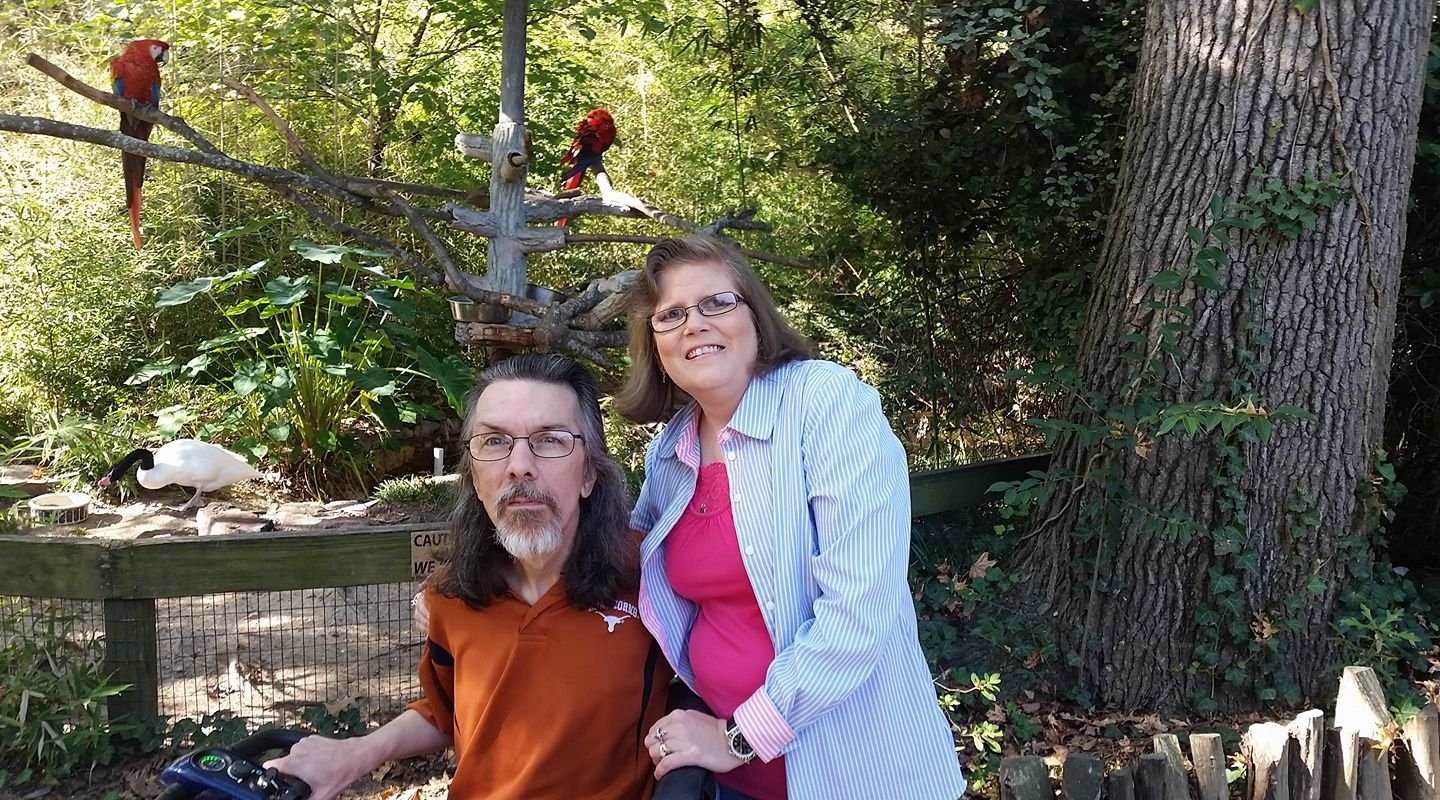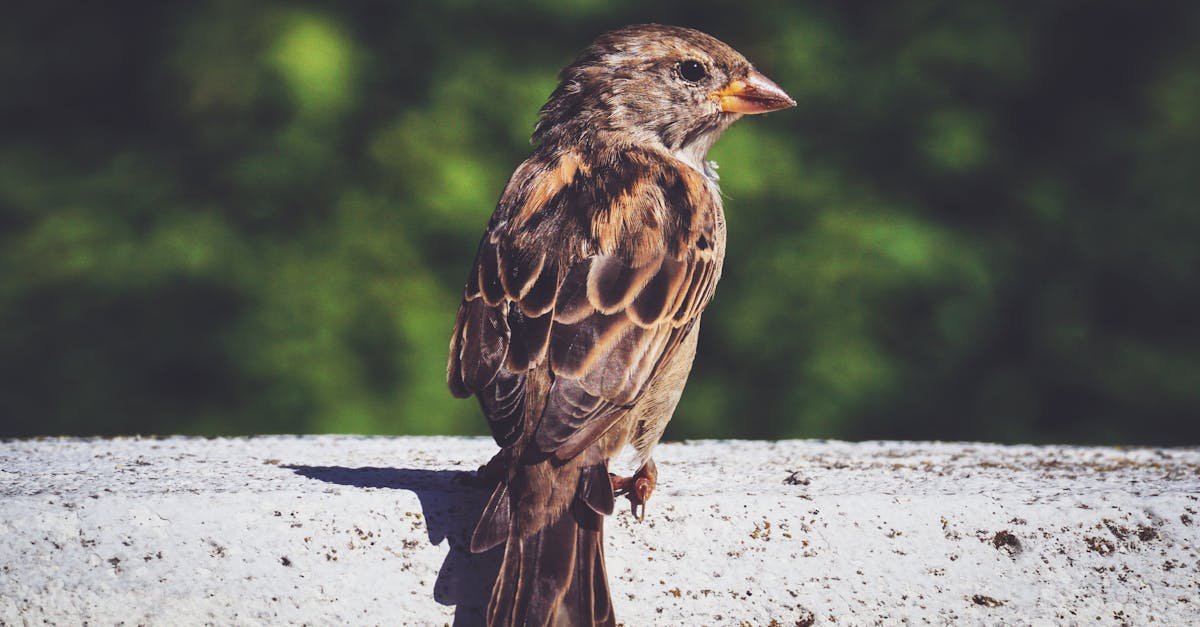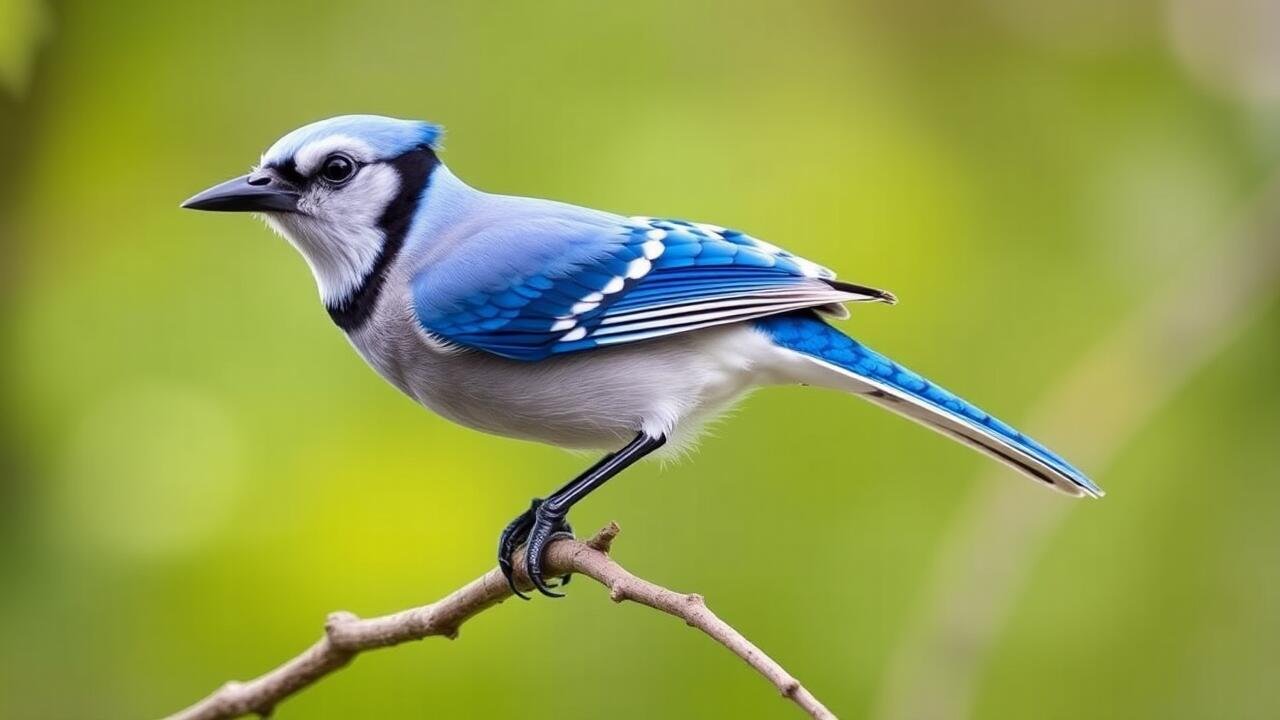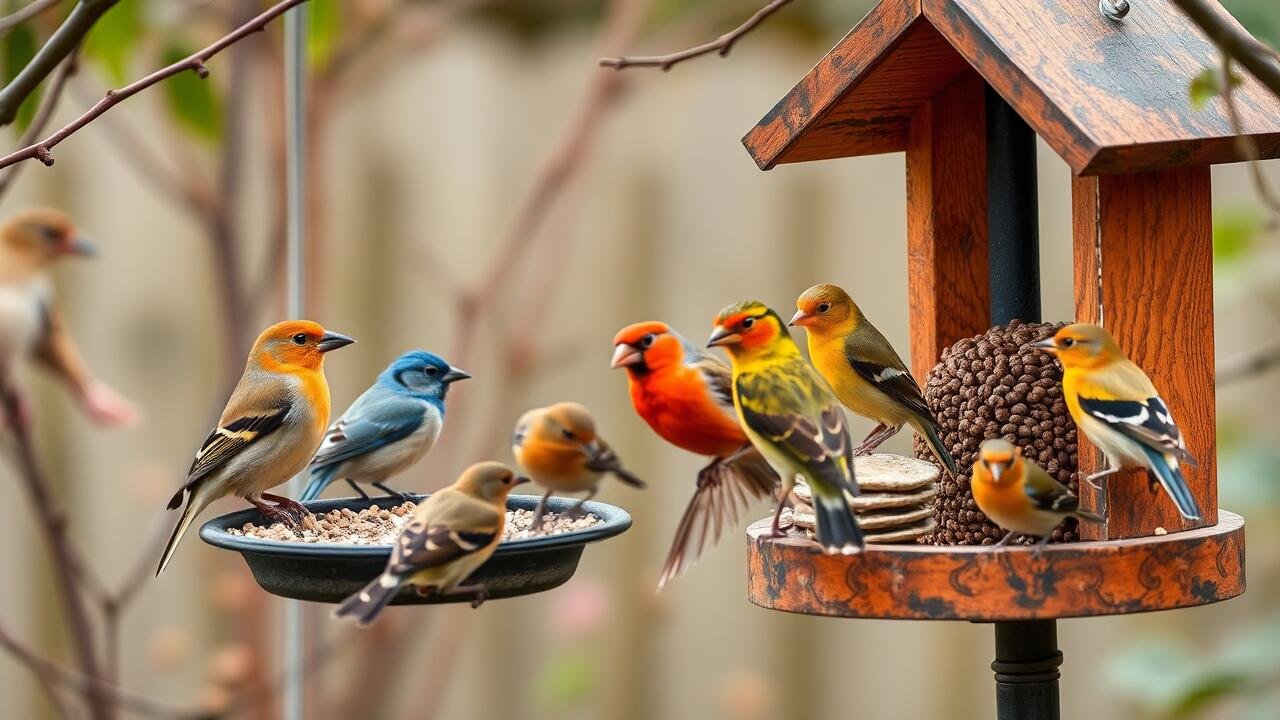Birdhouses and Nesting Boxes
How do you call birds to your yard? Creating a welcoming environment for birds starts with providing safe nesting options. Birdhouses and nesting boxes serve as essential habitats for various species. The design and placement of these structures significantly influence their effectiveness. It’s important to choose materials that can withstand the elements, ensuring durability and protection. Proper ventilation and drainage are crucial features that help maintain a comfortable temperature inside the box.
The dimensions of the entry hole and interior space will determine which birds will be attracted to your yard. Researching the preferences of local bird species will guide you in selecting the right type of nesting box. Positioning the birdhouses at an appropriate height, ideally away from predators, maximizes the chances of their use. Regular maintenance ensures that these structures remain appealing to new inhabitants year after year.
Find out further details by clicking here.
Best Practices for Attracting Nesting Birds
Providing suitable habitat is key to attracting nesting birds. Planting native trees and shrubs offers birds natural food sources and shelter. Diversity in plant life can create different layers in the environment, appealing to various bird species. Additionally, maintaining a clean, pesticide-free yard supports healthy insect populations, which serve as vital nourishment for nesting birds.
Placing birdhouses in appropriate locations enhances nesting opportunities. Houses should be positioned at varying heights, depending on the species you aim to attract. Using the right size and design based on the specific birds in your area is crucial for successful nesting. Ensuring the entrance holes are safe from predators and providing adequate drainage and ventilation make the birdhouses more appealing. Regular maintenance of these houses after the breeding season promotes continued use in subsequent years.
Seasonal Considerations
Birds exhibit distinct behavioral patterns throughout the seasons, significantly impacting their presence in local yards. During spring, many species migrate to breeding grounds and actively search for nesting sites. Providing suitable nesting boxes can enhance your yard’s appeal, drawing various birds to establish their homes. As temperatures rise and food becomes abundant, the likelihood of attracting these feathered visitors increases.
In contrast, winter presents its own set of challenges. Cold temperatures and limited food sources prompt many birds to migrate to warmer climates. However, some hardy species remain and can be attracted through strategic feeding strategies. Offering high-energy foods, such as suet and seeds, can provide essential nourishment during harsh winters. Adapting your feeding practices to seasonal fluctuations fosters a welcoming environment year-round.
How Weather Affects Bird Activity
Weather plays a significant role in the behavior and movement of birds. Storms often force birds to seek shelter. Damp conditions can lead to less foraging, while sunny days encourage greater activity. Different species respond uniquely to weather changes. Some birds may take refuge in dense foliage, while others might become more visible, searching for food.
Temperature fluctuations also impact bird activity levels. Cold snaps can drive many birds southward in search of milder climates. Conversely, during warmer months, the availability of nesting sites and food sources increases, prompting more birds to visit yards. Observers often note that following rain or snow, birds emerge in larger numbers to forage. Understanding these patterns may enhance the experience of attracting birds to your space.
Using Bird Call Sounds
Bird call sounds can create an inviting atmosphere that encourages a variety of species to visit your yard. By playing recorded bird calls or using apps designed to mimic specific species, you can entice birds into your space. It is essential to choose calls that correspond to birds native to your area. This strategy helps avoid creating confusion among local wildlife and increases the likelihood of drawing in the intended birds to your yard.
When employing bird calls, timing plays a crucial role. Early morning and late afternoon are typically prime times for avian activity. During these periods, many birds are more vocal as they establish territory or communicate with potential mates. Adjusting the volume of the call is also important. A softer sound can appear more natural, while louder calls may attract curious birds from a greater distance. Balancing the volume and timing can maximize success in luring feathered visitors.
Techniques for Mimicking Bird Calls
Mimicking bird calls can effectively attract birds to your yard. Investing in a quality bird call device, such as a playback speaker, allows you to reproduce various calls accurately. Start with the calls of local birds that are common in your area. By playing these calls at dawn or dusk, you can pique the interest of nearby birds. Timing matters, as many species are more active during these hours and more likely to respond.
Another technique involves using your voice to mimic calls. Learning the distinct sounds of nearby species can create a personal connection to your surroundings. Practice different pitches and tones to match the calls you wish to attract. Careful observation of how local birds respond to your attempts can provide valuable feedback, allowing for adjustments to improve your technique. This method not only enhances your birdwatching experience but also deepens your appreciation for these creatures and their habits.
Be sure to check out The Complete Guide to Wild and Pet Bird Care: Tips, Products, and Resources
FAQS
What are some effective ways to attract birds to my yard?
Some effective methods include providing birdhouses and nesting boxes, offering food sources like bird feeders, and maintaining a bird-friendly environment with native plants and water sources.
How do I choose the right birdhouse for nesting birds?
When selecting a birdhouse, consider the specific bird species you want to attract, ensuring the house is the right size, has proper ventilation and drainage, and is made from safe materials. Place it in a quiet, sheltered spot.
What seasonal considerations should I keep in mind for attracting birds?
Different bird species may visit your yard during different seasons. Spring is often a good time for attracting nesting birds, while winter may require offering high-calorie foods. Adjust your feeding and housing strategies according to the season.
How does weather affect bird activity in my yard?
Weather conditions such as temperature, rain, and wind can influence bird activity. Birds may seek shelter during storms and become more active during clear days. Providing reliable food and water can help attract them, regardless of the weather.
Can I use bird calls to attract birds to my yard?
Yes, using recorded bird calls or mimicking their sounds can be effective in attracting certain species. However, it is important to use this technique sparingly and responsibly to avoid causing distress to the birds.
Related Links
The Ultimate Guide to Attracting Birds to Your Backyard
How do you attract birds to your backyard?
Is it good to have a lot of birds in your yard?
What scents attract birds?
What bird food attracts the most birds?
What smell do birds hate the most?
Why won’t birds come to my yard?
What color attracts most birds?
What liquid attracts birds?
What do birds love the most?

My name is Shane Warren, the author behind Chirping Birds Hub – your ultimate guide to the wonderful world of birds! Unleash your inner avian explorer as we delve into a vibrant library of knowledge dedicated to all things feathered. From learning about diverse bird species from across the globe to understanding their captivating habitats and behaviors, I’m here to fuel your passion for these magnificent creatures. Not only that, but I also provide valuable insights on being a responsible and informed pet bird owner. Join our vibrant community and let’s celebrate the feathered wonders of the world together – one chirp at a time.


